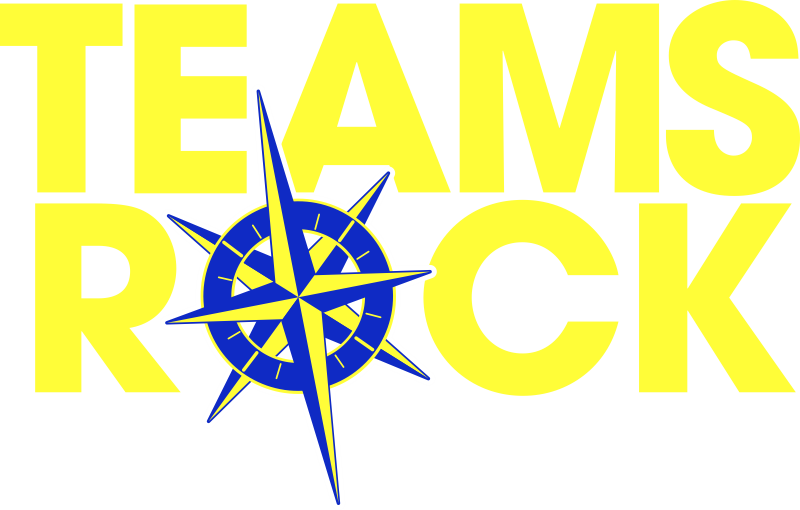What are some of your preferred employee development methods?
To start, you need to actually have an employee development plan. That’s first and foremost. Then you can determine your employee development methods. The methods can be a multi-pronged approach. A mentor and structured meetings with the supervisor.
For the first week, the supervisor should sit down at least 2 or 3 times, 15 to 20 minutes each time, with the employee to see where they are and to answer questions and help develop the employee. Then, sit down once a week for the next 3 weeks. That basically gets the manager involved for a month. With this method of employee development, the mentor stays with them for about 90 days. Other people can start to bring in some of the training.
 Let’s say that I’m your boss. You’re a new hire coming on board (or any employee) named Jeff. After a few weeks in the new position, you’ve got a good handle on the position and the tasks that you need to do. I will look to you and say, “Jeff, in order for you to be successful in your position, I want you to come up with the 8 tasks you think you must master. I’m going to give you 24 hours to come up with this.” I’ll have you come back and give me your list of the 8 tasks you think you have to master. I, as your manager, will also come up with the 8 tasks that I think you need to master. What’s the likelihood that I’m going to have the same 8 things that you have? We’re probably going to have 4 of them that match up but the other 4 could be completely different.
Let’s say that I’m your boss. You’re a new hire coming on board (or any employee) named Jeff. After a few weeks in the new position, you’ve got a good handle on the position and the tasks that you need to do. I will look to you and say, “Jeff, in order for you to be successful in your position, I want you to come up with the 8 tasks you think you must master. I’m going to give you 24 hours to come up with this.” I’ll have you come back and give me your list of the 8 tasks you think you have to master. I, as your manager, will also come up with the 8 tasks that I think you need to master. What’s the likelihood that I’m going to have the same 8 things that you have? We’re probably going to have 4 of them that match up but the other 4 could be completely different.
The next step in this method of employee development is for the leader and employee to come to an agreement on the 8 things. And I specifically want 8. Next, I look at you and say, “Jeff, tomorrow, I want you to come back in here and I want you to rank where you think you currently are on these 8 things. The scale is 1-10. One, not at all. Ten, you nailed it. Quite frankly, Jeff, I don’t think you’re going to have anything that’s a 10 and I don’t think you’re going to have anything that’s a one, but I want you to be honest with yourself.” So you come in the next day.
Now, if I’ve done my job in the interview, and I’ve observed you really well for the first 2 to 3 weeks that you’ve been with us, I should have a handle on where I think you rank. I’m going to rank you on the same 8 items. We’re now going to compare that list. Do I think that you’re going to tell me that you’re a 10 or 9 on something and I think that you are a 1 or 2? Probably not. But you’ll probably tell me that you’re an 8 and I think that you might be a 6. Or maybe you think you’re a 6 but I’ve watched you and I think that you’re an 8. The bottom line is that this allows us to manage the expectations of both the manager and the employee. That is the key factor right here. It’s not about anything else but setting and managing expectations, which is part of employee development.
Next in this method, we put the tasks we agreed upon into a circle. We draw a large outer circle, and a smaller inner circle and you put the word “Me” in the inner circle. Now draw 8 wheel spokes and add the ratings you gave yourself on all of the 8 items, 1 being closest to the inner circle, 10 to the outer circle. Something maybe an 8, something maybe a 9, something else maybe a 7, something else maybe a 4. Then you plot them out and you put hash marks on the wheel spokes, all the way around for all 8 of the items to master. Then you connect the dots. When you look at the connected dots, it’s not a very well balanced wheel.
Most people are visual. If I, as the manager, have observed them, I should have a pretty good idea of where their weak spots are. What I’ve just done is to get them to agree with these numbers. Now they look at these numbers and they see where they need work. I am now able to setup a training plan and the employee can see and understand the plan.
This is the wheel of balance. About every 90 days you should go back and reevaluate yourself on those 8 concepts. This is a very effective employee development method. Getting an employee to work with different departments. Getting them to see things. Getting them to understand things. Most importantly, an employee development plan is about getting the employee to understand why they have to do certain things, not necessarily how. When an employee knows why to do it, they will learn the how. If you only teach them the how without knowing the why, they could care less.
You need to bring in people from the outside. There is something called, “The Center of Familiarity.” When you constantly do the same thing, say the same thing internally, people go yeah, yeah, yeah. It gets to be like a beating drum.
One of my clients, years ago, had a telephone sales team and they wanted their people to use telephone scripts. I was talking to them about how to communicate, how they speak to their customers, but they wanted me to incorporate scripts into the training. I agreed, no problem. But they said, “Gregg, you understand, we’ve talked to them about scripts before, they hate scripts, they hate the idea of scripts, we can’t get these people to use scripts.” I asked for a copy of the script and I went in and did the training.
Right after lunch, I said, “Sorry guys, we have to talk here. When you’re getting on the phone, there is a little thing that you’ve got to deal with. What do you guys think about scripts?” And everyone moaned. I said, “Well, let me try one out on you.” And I just used (not read) their script and I watched them. And they said to me, “That’s basically our script.” I picked their script up from the table and said, “Like this?” I said, “I didn’t read the script.” They started to use it because they brought in somebody to do training that was outside the company. It’s very important. Top organizations will bring trainers in that are experts in their field in a different area.
Related articles: Employee Training & Development, Employee Development Plan, Stage of Team Development, Team Development
Other topics that may be of interest to you: Organizational Culture, Leadership Development, Teamwork in the Workplace, Employee Retention
MAKE YOUR TEAMS ROCK!!
Is your organization stuck in a rut? Do your employees work as individuals without a common goal? Does productivity lag as the day drags on?
When your employees collaborate, communicate and function as a team, productivity and office happiness reach new heights. From senior leaders to front line workers, everyone is a part of the team. Get your team together for a team building experience from Gregg Gregory.
Gregg Gregory is an experienced Certified Speaking Professional specializing in the development of team cultures. Book Gregg today and get your teams rocking!
Gregg’s keynote programs motivate and train attendees to create better teams in the workplace, increasing efficiency and employee happiness.
Directly involve your employees in one of our interactive team training sessions.

